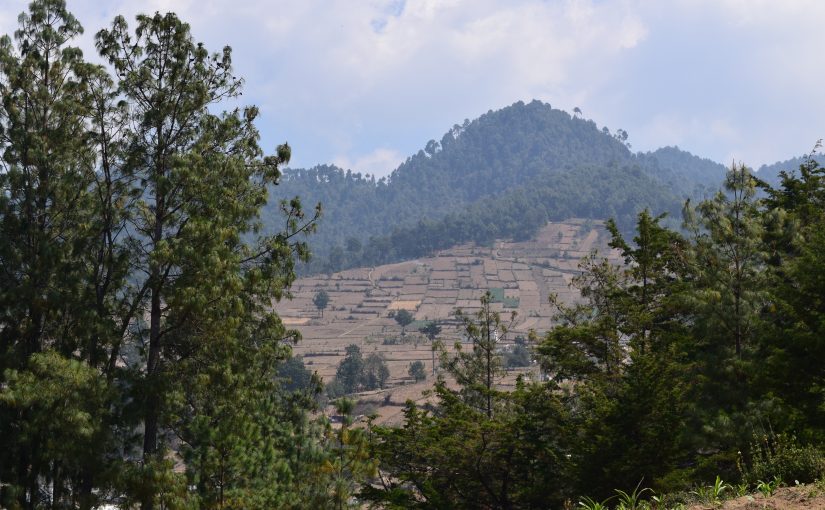Pronouns are words that can substitute for nouns, names and phrases. Similar to demonstrative articles, demonstrative pronouns also indicate closeness or visibility to the speaker. The demonstrative pronouns are wa’, la’ and ri’. When they appear by themselves, they are postponed to the noun. Their forms correspond to the demonstrative articles.
| wa’ | This (very close to speaker) companion to we |
1.
This (here very close) is an animal
2.
This (here very close) is it.
| la’ | That (one over there; in the vision field of the speaker, or spoken as if it were) companion to le |
3.
That one (over there) is a cat.
| ri’ | That (not present to the vision of the speaker, something done in the past, or not yet done, event in the future) companion of ri |
4.
That is a horse.
The following example show how these pronouns function as substitutes for nouns, verbs, phrases:
5.
This boy is a worker.
6.
This here is a worker.
7.
This rock is big.
8.
This one is big.
9.
I like this work (I like what I am working on/laboring over).
10.
This is good!
11.
That man is tired.
12.
That one is tired out.
13.
That dog is mean.
14.
That one is mean.
15.
That which the man said was good.
16.
That’s good
17.
Who is that man?
18.
Who is that?
19.
That pot broke.
20.
It (that) broke.
21.
It is harsh the way he speaks.
22.
That is harsh.
Demonstrative pronouns can be used together with demonstrative articles to intensify them. In this case the demonstrative pronouns precedes the demonstrative article. Non-third person pronouns can also be emphasized by a demonstrative pronoun:
23.
This man here.
24.
That man over there.
25.
That very man.
26.
I am the one (here) giving the lecture.
27.
Are you the one (here) giving the lecture?
Demonstrative pronouns combine with the demonstrative article/relative pronoun to formm relative clauses:
28.
It is difficult/harsh what he is saying.
29.
It is good what the man said.
Demonstrative pronouns may combine with are (independent personal pronoun) to form stative predicates:
30.
This here is my book.
31.
These here are my children
32.
That is my work.
33.
Those are her children.
34.
That over there is our house.
35.
Those are the merchants.
36.
I am Mari’y’s son/daughter.
37.
Are we the teachers here?
Together with je’ demonstratives indicate manner or direction:
38.
My horse is like this.
39.
This is my life!
40.
You come this way.
41.
You all come this way.
42.
Just like that the man said it to me.
43.
The people went that way.
44.
This is the man’s work. Lit: The man works like that.
Translate the following phrases to English:
- Nima chak wa’ we kachakuj.
- Jachin la’?
- Kape chi na ri’ chwe’q?
- La’ xujuch’ab’ej iwir.
- Jas che na kasipaj ta wa’ chqe?
- Chajij alaq ronojel la’ le ximb’ij chech alaq.
- Are ri’ ri nutz’i’ ri xink’ayij che ri achi.
- La are la’ ri tinamit ri kab’e wi na la?
- Are wa’ xub’ij ri nutat chwe aretaq ximb’e ruk’ pa chak.
- A’re la’ e ral le ixoq le xch’aw quk’ iwir.
- Je la’ kel le b’e le kab’e pa tinamit.
- Je ri’ kach’aw le watz.
- Kixok’owa je wa’.
- La xo’k’ow ri’ ri winaq?
- K’ax xub’ij ri’ ri achi chwe.
Translate the following phrases to K’iche’:
- This one is sick
- This man here will go with us tomorrow.
- That man there gave us the land as a gift
- These are the man’s horses.
- That is our house there.
- Those (not present) are good children.
- My house is like that one there.
- The sick one was cured over there.
- The boy’s clothes are like these.
- That one died yesterday.

